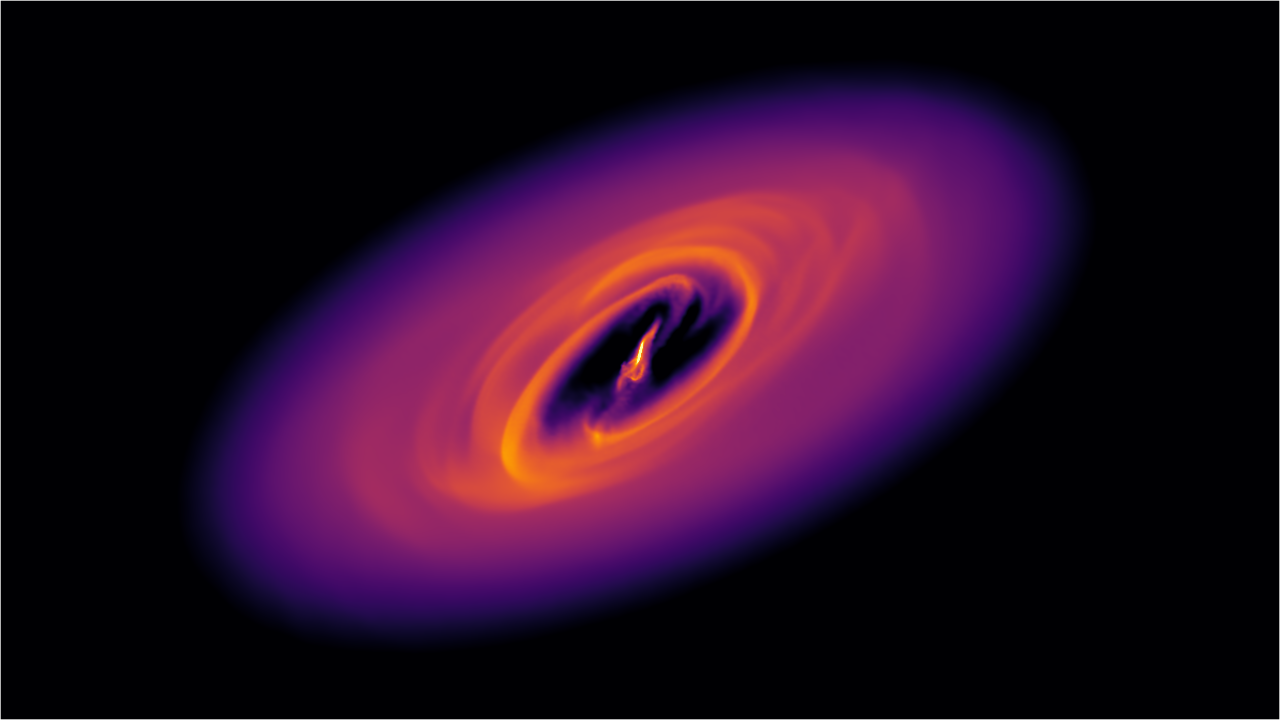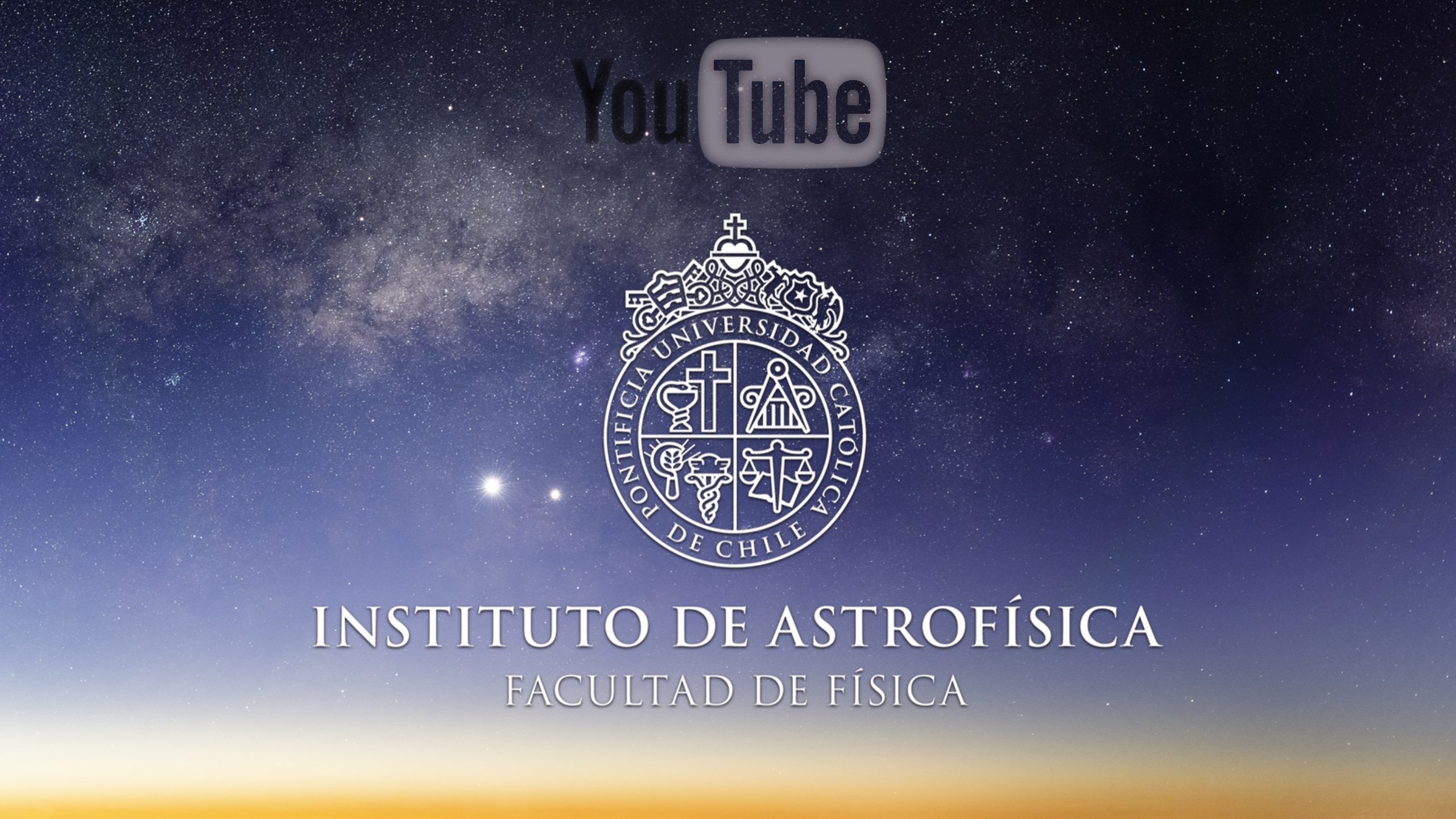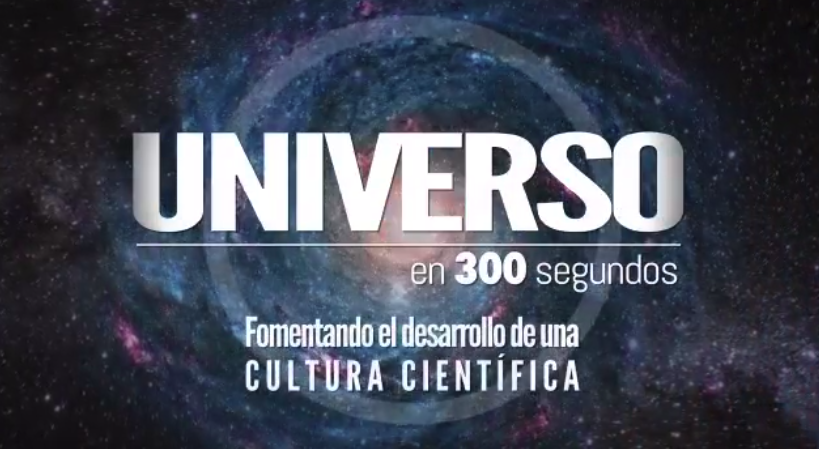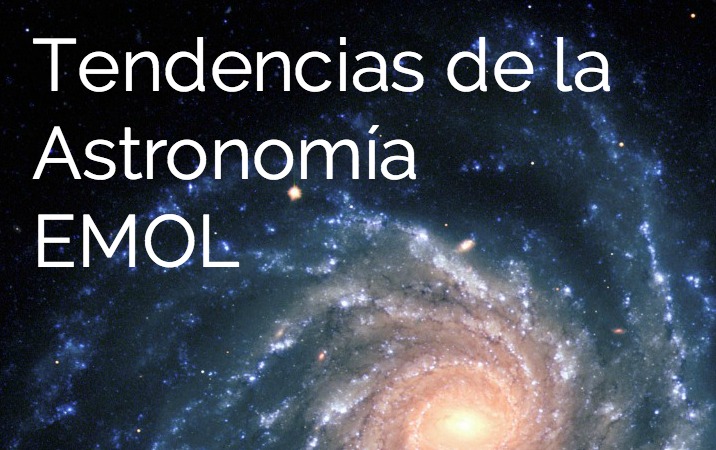Astronomers unveil the cause of the mysterious horseshoe-shaped dust
Thanks to computer simulations, a team of researchers discovered the origin of a curious formation of dust that surrounds the star HD142527. Among the scientists is Nicolás Cuello, postdoctoral researcher and professor Jorge Cuadra, both of the Instituto de Astrofísica UC.
 Since 2013 astronomers have wondered about the giant horseshoe-shaped dust that surrounds the young star named HD142527. Where does it come from? what caused it? and what does it mean? Using simulations with supercomputers, an international team of researchers, led by Monash astrophysicist Daniel Price, seems to have found the answers to these questions.
Since 2013 astronomers have wondered about the giant horseshoe-shaped dust that surrounds the young star named HD142527. Where does it come from? what caused it? and what does it mean? Using simulations with supercomputers, an international team of researchers, led by Monash astrophysicist Daniel Price, seems to have found the answers to these questions.
"Astrophysicists all over the world have been trying to understand what could create the strange horseshoe shape," says Price. "These swirling discs of gas and dust around young stars are the birth places of planets like the ones in our Solar System. By seeing dust trapped in a horseshoe pattern we could be witnessing the birth of a planet", he adds.
Nicolás Cuello, postdoctoral researcher and Jorge Cuadra, professor, both of the IA are part of the team that is behind the revelation that came after years of reviewing images that showed strange phenomena: a large hole or cavity in the middle of the disk, rapid flows of material through the hole, weak gas streamers, spiral patterns and shadows around the edge of the hole. For years, the cause of these strange phenomena generated the most diverse speculations in the scientific world.
"For the first time we have shown how the horseshoe-shaped dust, the cavity, the rapid flows, serpentines, spirals and shadows could be explained with a simple answer: the disc orbits two stars, not one," says Daniel Price. In fact, explains Nicolás Cuello, "we knew that there was a star inside the cavity, although we were almost completely unaware of its orbit, the methodology for this work was very similar to the study of a crime scene. The disc was riddled with evidence indicating that the secondary star was responsible for the enigmatic structures. However, there was no conclusive evidence. So, we thought that maybe we could try different types of orbits and get out of the classical schemas. We considered oval and inclined orbits within the cavity (instead of orbits in the plane of the disk) and we found the solution, basically we showed that the secondary star was the culprit ".
The finding was published in the Monthly Notices of the Royal Astronomical Society and is based on hydrodynamic simulations where the interaction between the two stars and the disk was modeled.
"Now that we have identified the culprit we are exploring other 'exotic' discs where there are also large central cavities and a lot of structure on the disc, specifically, we are interested in systems where (still) the secondary star has not been detected. We are hunting stars that hide inside cavities of protoplanetary disks, it is probable that they are much more common than we thought", concludes Nicolás.










